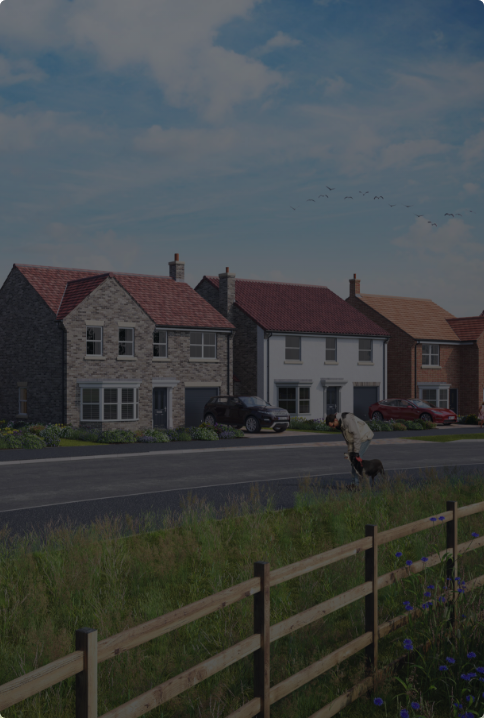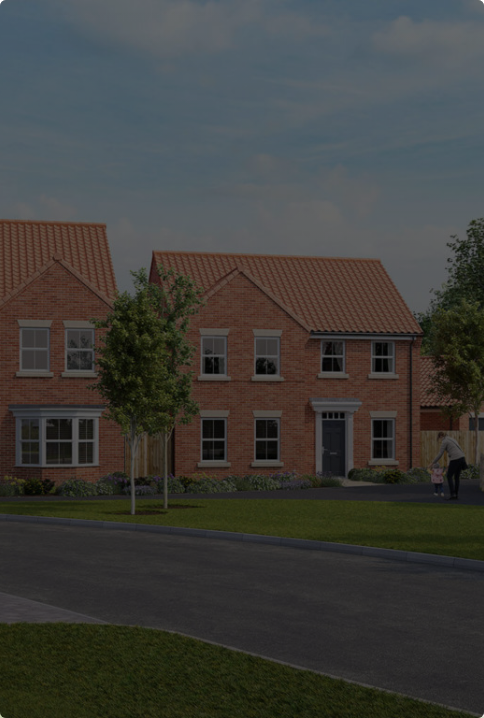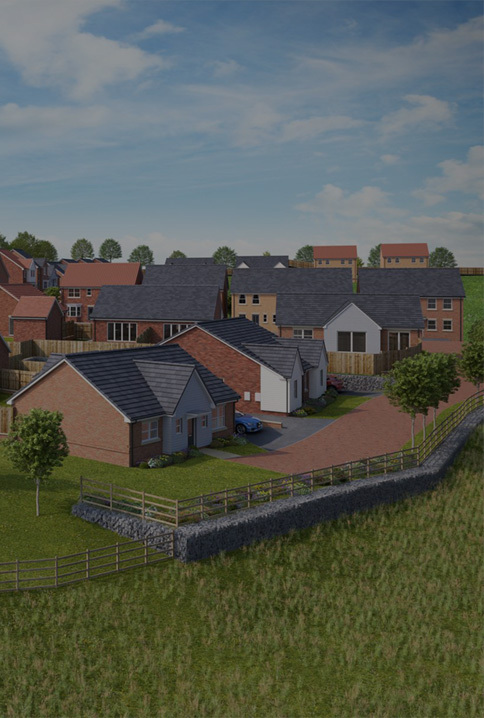If you are contemplating purchasing a house you need to be aware of changes that are being made to the Stamp Duty, which come into force from 1st April 2016.
These changes will significantly increase the amount of stamp duty payable if the purchaser already owns another property. Initially aimed at buy-to-let investors and second homeowners, the increase will also catch a group of people who do not fit this profile.
Rosemary Key of Peter Ward Homes explains: “With new rules on accessing pension savings for the general public, combined with the low interest rates being offered for any money held in savings accounts, many people are looking at other ways they can increase the value of their savings. We are seeing an increasing number of individuals and couples who are considering and being tempted to buy a new home, whilst also retaining their existing home to rent out to family, friends or just put on the open letting market. The whole idea behind this is that it will give them an alternative source of income, whilst also retaining their existing property as an asset for the future”
“Not a bad idea you may think. But what many don’t realise is that they will be caught out by the new extra stamp duty rates, which on a £150,000 house will go from being £500 if purchased on 31st March 2016, to a staggering £5,000 if purchased on 1st April”
As a result, house builders are expecting a surge in demand on new build properties that are available for legal completion before 31st March. With a typical time period between reservation and legal completion being 5 to 6 weeks, you only have a limited time to react if you want to avoid the rate increase.
In his Autumn 2015 statement the Chancellor announced a substantial rise in stamp duty levels for buy to let purchases. From 2016 all buy to let purchases will attract an additional 3% stamp duty surcharge. There will be a new starting threshold of £40,000 which will capture nearly all buy to let transactions. The Chancellor George Osbourne stated: “People buying a home to let should not be squeezing out families who can’t afford a home to buy. So I am introducing new rates of stamp duty that will be three per cent higher on the purchase of additional properties like buy to lets and second homes.”
These changes also apply to property being purchased as a second home. The higher Stamp Duty rates will apply to purchases of buy to let and second homes with a completion date on or after 1st April 2016. If, however, contracts were exchanged before the announcement of the new rules on the 25th November 2015 the higher rates will not apply. In these cases the completion date can be on or after 1st April 2016. If exchange of contracts is after 25th November 2015, then the higher rates will apply if completion is not before 1st April 2016.
We’ve included some common scenarios below which should help you understand how the higher Stamp Duty rate will be applied:
- Existing Home Owners - someone already owning a second home or buy to let property, who wishes to move house, will not be liable for the higher Stamp Duty rate. In this case the owner plans to replace their main residence and there is no retrospective tax to pay on the existing second home or buy to let.
- Property investor – who already owns a buy to let portfolio should not be liable for the higher rate of stamp duty if they decide to move. Again this is because the owner plans to replace their main residence and there is no retrospective tax to pay on their existing buy to let portfolio.
Note: Owners of a second home or buy to let property, who have sold their main home, will have up to 18 months to buy a new one without paying the higher stamp duty rate. This is because ultimately they will have replaced their main residence.
- Moving but not selling – someone who wishes to move house but decides not to sell their existing property at the same time, will pay the higher rate. This is because even though they are replacing their main residence with a new one, at the end of the process they will own 2 properties. If the previous property is then sold within 18 months a refund of the higher rate can be applied for.
- Renting out an existing home – if someone decides to buy a new home as a main residence, but wants to rent out their existing home instead of selling it, they will be liable for the higher Stamp Duty rate. This is because they will own 2 properties at the end of the process.
- First time buyers - If someone decides to purchase a buy to let investment as their first property the higher rate will not apply. This is because they will only own one property.
- Parent buyers – if parents, who are homeowners themselves, wish to help their children buy their first home they could now face the higher rate of stamp duty. In this case, if the parents take out a joint mortgage with their children they will appear on the deeds. Legally the parents now own a second property. However, if the parents simply help with the deposit or act as a guarantor then the higher rates do not apply.
- Married couples & civil partners – The higher rate of tax will apply to married couples and civil partners if one person in the relationship already owns a property. In this scenario people who are married or in a civil partnership are treated as a single entity for Stamp Duty purposes.




